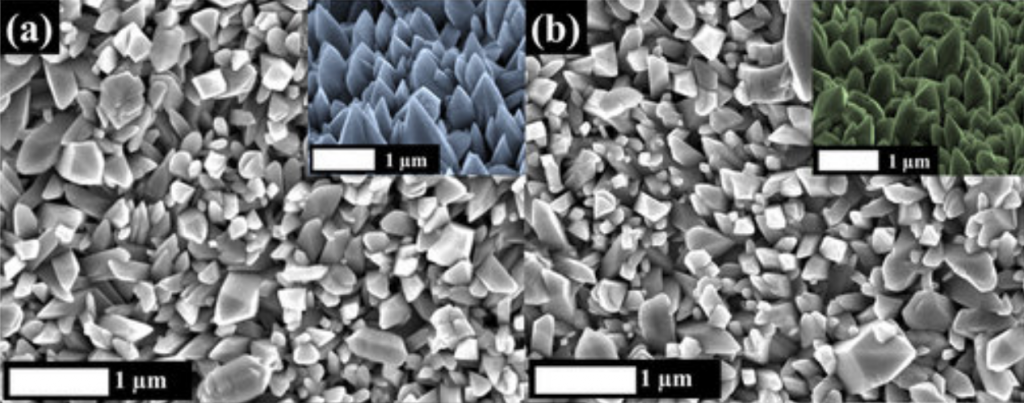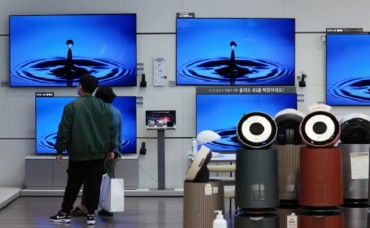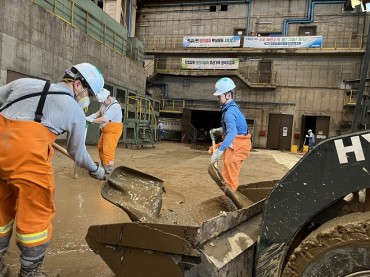DAEJEON, Oct. 31 (Korea Bizwire) – A joint research team from POSTECH and UNIST announced Sunday that it had developed a more efficient, nanometer-length (one-billionth of a meter) photocatalyst, a core technology for the development of artificial leaves.
Artificial leaves are part of a man-made photosynthesis system that mimics the process occurring in natural plants. They are used to obtain hydrogen or synthesize chemical fuel using carbon dioxide via a process called photoelectrochemical reaction
Due to its environmental friendliness and efficiency, artificial leaf technology is considered among the solutions to future energy resources and efforts to counteract pollution.
According to the team, the development of a nano-structure photocatalyst with a wider surface area is essential for boosting the artificial leaf system’s effectiveness, and it succeeded in synthesizing a brookite nano-photocatalyst that is low in cost but high in efficiency.
Brookite is an oxide mineral that is both rare in nature and difficult to synthesize, which made it an unusual element for this type of research.
The team successfully synthesized nanobullet arrays of brookites, and enhanced their electrical properties using a ‘hydrogen doping’ process.
“Using our brookite photocatalyst will help boost the efficiency of artificial photosynthesis in terms of hydrogen production,” said POSTECH professor Yong Ki-jung. “Together with its eco-friendly properties, it can be a viable candidate for renewable energy production and decomposition of pollutants.”
The full research findings were published in the October 26 edition of Scientific Reports.
By Lina Jang (linajang@koreabizwire.com)







